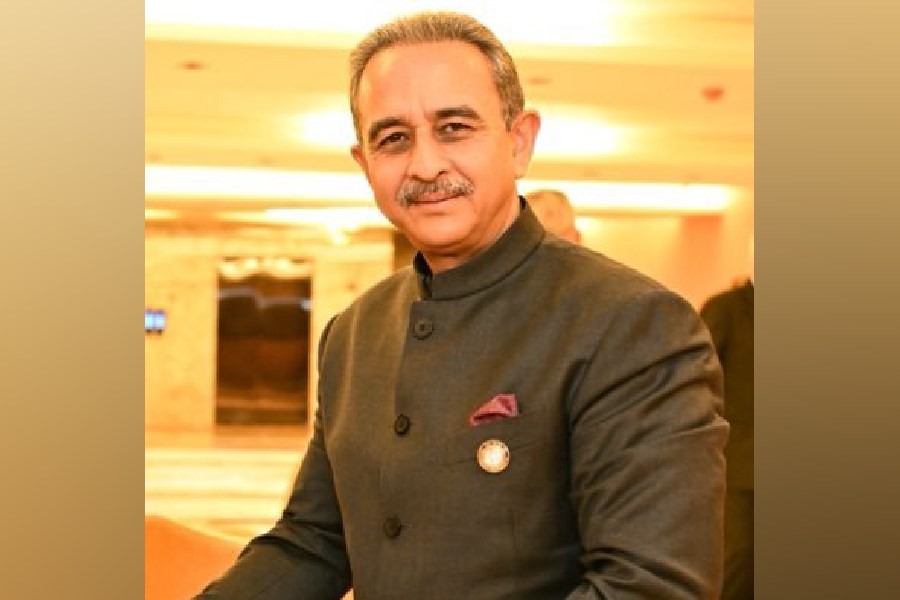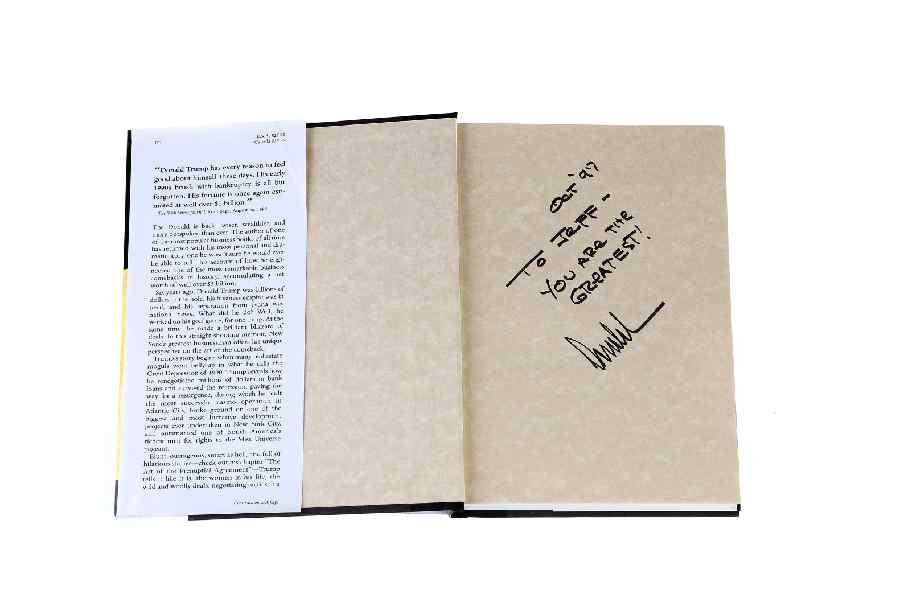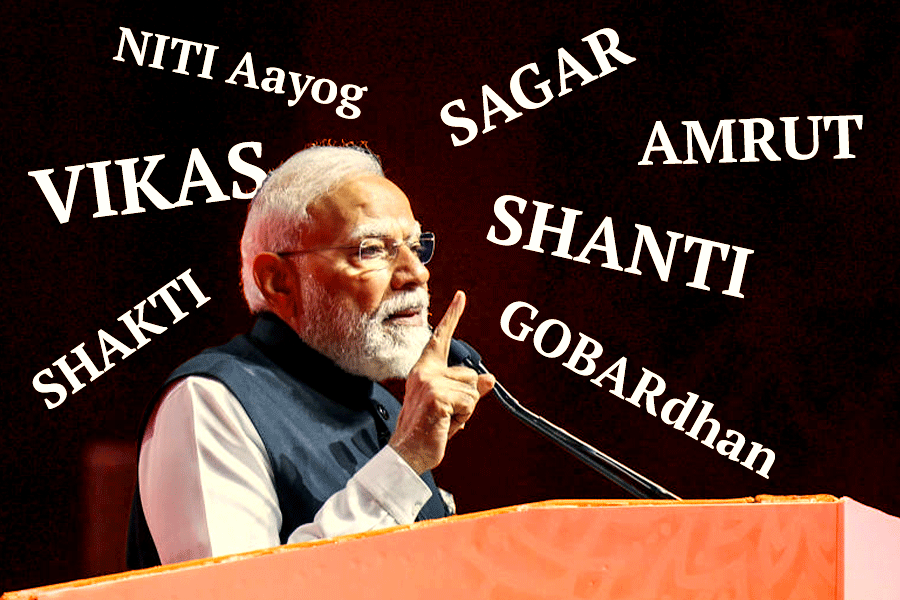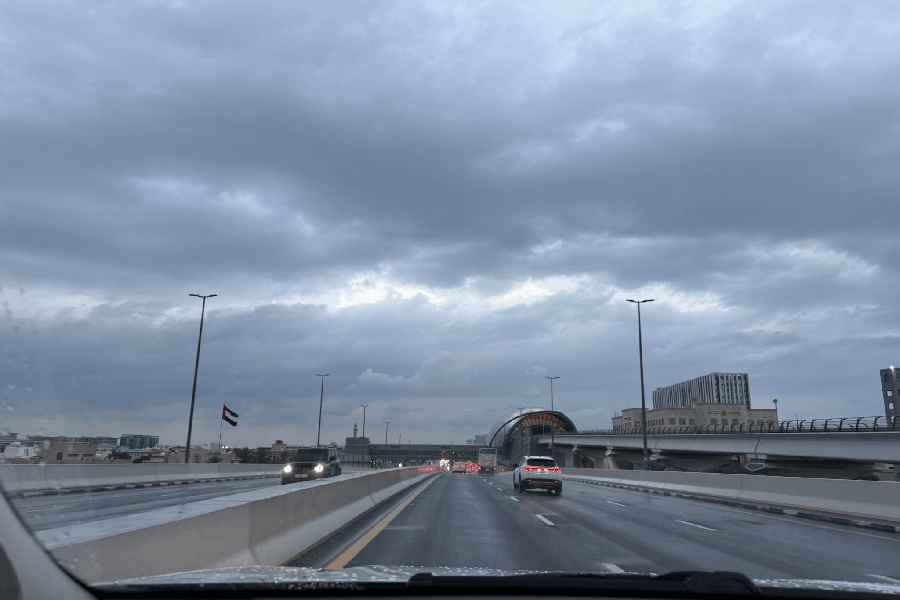 |
Taking shelter behind the tinted glasses of air-conditioned cars on the way to work on a hot day may seem like a cool option. But from the first week of May, this luxury would be out of equation if the state transport department and police pull up their socks to implement the recent Supreme Court ruling.
According to Central Motor Vehicles Rules, 1989, tinting glasses of one’s car is an offence. Now, Supreme Court has also cracked the whip and asked vehicle owners to have tints on their car glasses only within the permitted limit. In its order on April 28, vehicle owners would be held liable for contempt of court and monetary punishment if they do not toe the line by May 4.
The Telegraph answers a few questions about dark glasses, which could soon disappear.
What are tinted glass windows?
Car window glasses that have more opacity than limits permitted under Central Motor Vehicle Rules, 1989.
What is the rule about glass windows in four-wheelers?
Rule 100(2) of Central Motor Vehicles Rules, 1989, states that visual transmission of light through car window glasses should not be less than 70 per cent for the windscreen and rear window. For side windows, it should not be less than 50 per cent.
The glass should also conform to the specifications of Bureau of Indian Standards. The windscreen should be of laminated safety glass according to Rule 100(3) of the Central Motor Vehicle Rules, 1989.
What is laminated safety glass?
The laminated safety glass comprises two or more layers held together by intervening layers of plastic. If broken, it tends to stick to the plastic material and not shatter into many pieces. Thus, in case of accidents, there would be minimal injury to drivers or passengers because of broken glass.
Why is the rule against tinted window car glasses being enforced?
The cars with dark glasses have often been used for committing crimes like rape, murders and also terrorist attacks in various cities.
What is the fine for having tinted glass windows in cars?
According to Rule 100(2) of Central Motor Vehicle Rules, 1989, those using tinted glasses would have to pay a fine of Rs 100. But the authorities concerned can increase the fine by issuing necessary notification.
What steps are traffic police taking to ensure strict implementation of the Supreme Court order?
Not much. A senior traffic police officer said: “Dark glasses on car windows violate the law. But we have not received any letters regarding the Supreme Court judgment.” He added: “Also, we don’t have a tintometer.”
The transport department claims that there are many problems in enforcing the rule. (See graphics)
What is a tintometer?
It is a precision instrument used to compare tints or colours as well as opacity. It is required especially to measure the tint on windscreens and rear windows of cars, for which the visual transmission of light should not be less then 70 per cent.
What do experts have to say about the new order?
Retired wing commander and the director of an automobile showroom in Patna, Narendra Kumar, said: “The transport department and the traffic police should enforce the rules. It is a matter of public safety.”
Told that the transport department does not have a tintometer, he said: “The opacity of a car glass can be ascertained easily, even with naked eyes. The unavailability of the tintometer should not be such a problem. Also, if the instrument is bought, personnel should be trained properly to use it. Enough number of the instruments should be bought to ensure that the rule is implemented effectively.”
Residents’ take
“Cars with dark glasses can be a threat to public security. Criminals can roam around freely on the city streets in cars with deep-tinted windows. Not implementing the rule against dark glasses in cars is a security lapse. If the government does not ensure that the rule is implemented, then we would have to pay the price,” said Patliputra resident Ravi Mishra.










